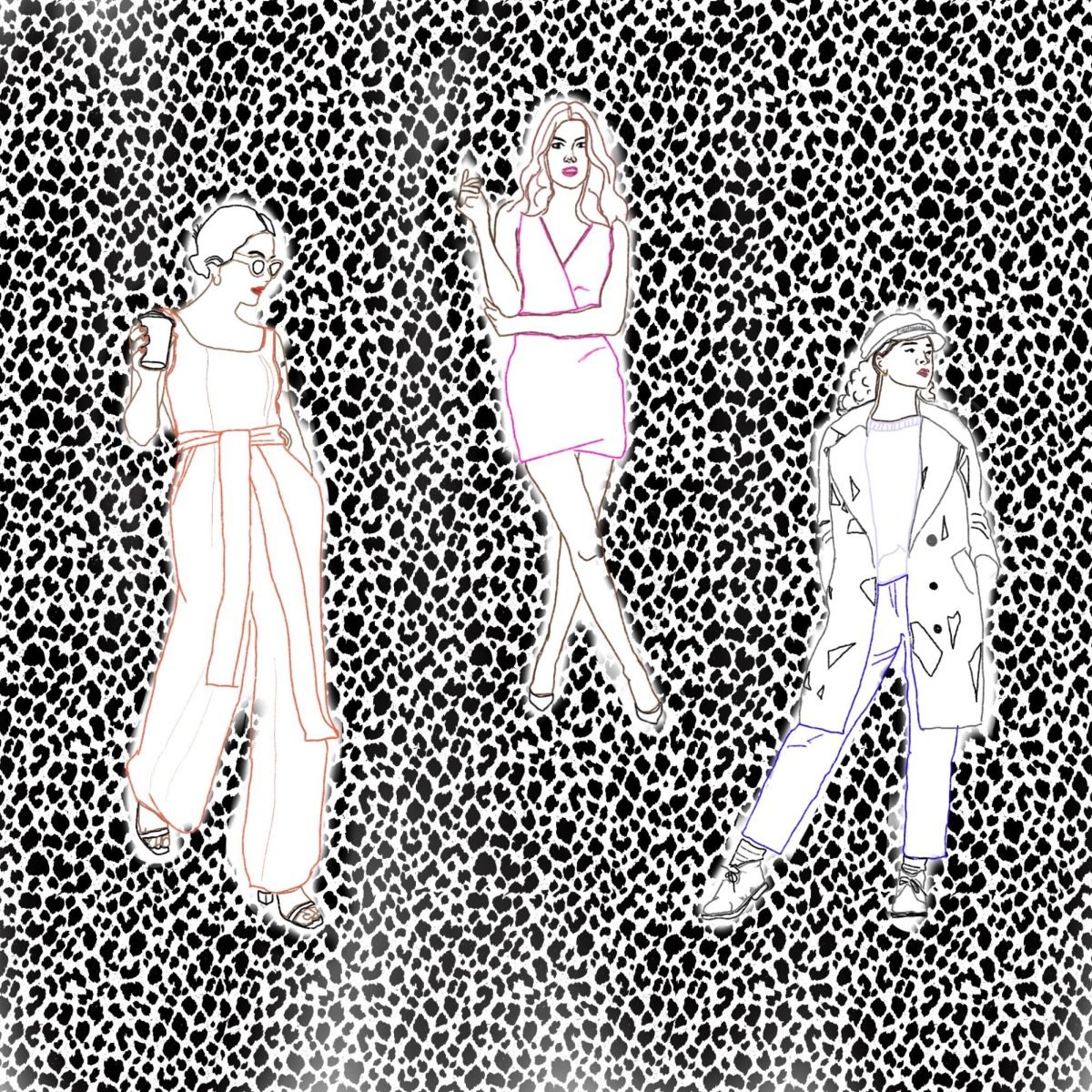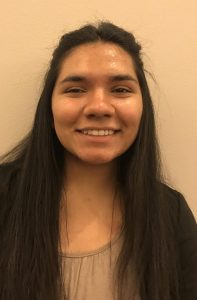On July 8, 2023, Utah State Fashion Week ended with Runway Top Model, an event held at the Utah State Capitol. Models of all ages gathered to strut down the runway and show off designers’ newest digs, many of whom represent the cultures the clothes were meant to embody. For many of the models, this was their first time down the catwalk, including Lana Dianelle Natividad, an entrepreneur and business student at the University of Utah, and Mykelle Mercado, a dancer and dance student at Weber State University.
Both of these students represented their Filipino heritage proudly down the runway, sporting designs from Dasan Imports & Designs, a company specializing in imports and designs from the Philippines. I had the opportunity to sit down with each of them to see how they got where they were and what it meant to them.
Beginnings of Modeling
Mercado’s involvement in Utah State Fashion Week starts with the designer Archie Brown. Brown was doing the majority of the casting for the event, while Mercado’s parents were helping with other aspects of the show. Mercado’s mother, Regina Mercado, owns Dasan Imports and Designs, and brushed elbows with Brown on a near-daily basis in preparation for the show. Having a keen interest in modeling, Mercado’s interest was piqued. He asked his mother if she’d tell Brown about him. “She just asked me to join them,” Mercado said, “and that’s how I walked.”
Natividad first got involved with Utah Fashion Week similarly through her family and business. Her family’s business had recently become partners with Regina Mercado. Soon after, Mercado extended the invitation to Natividad to model in the show.
Natividad was over the moon that she’d been handed this opportunity, but she also hesitated.
“One of the things that I wanted to be when I was younger was a model,” Natividad said. “But I looked at other models and thought, ‘I’m not tall. Those models don’t look like me.’ … I didn’t think anyone would be interested in me, so I gave up.”
Natividad’s sentiments aren’t uncommon. Many other minority women have felt similarly as their culture’s beauty standards slowly slip into whitewashing.
Beauty & Fashion Whitewashing
The fashion industry has had a long history of whitewashing its models by making their skin seem lighter. Unfortunately, it doesn’t stop at a simple color grade. According to a study by The Fashion Spot, more than 78% of models in advertisements are white.
This staggering statistic becomes more so when the other 22% is broken down. Around eight percent of models in advertisements were Black, 4% were Asian and 3.8% were Latinx. Unfortunately, this isn’t anything new. Racial under-representation has plagued the fashion industry for years and has caused irreparable damage to the self-esteem of those who don’t fit the mold.
This type of whitewashing isn’t just present in American beauty standards, but in Asian countries as well. In countries like Japan, Korea and the Philippines, beauty standards covet porcelain white skin and other predominantly European features.
“One of the things I used to be really iffy on was my skin color,” Natividad said. “BLACKPINK, one of my favorite bands, has a girl named Lisa. … If you look at before and after photos, she used to have my skin color, but now she’s really white. ”
Regardless of her deep-rooted insecurities and with the encouragement of her parents, Natividad followed through with her modeling dream and prepared to walk down the runway.
Down the Runway
Both Natividad and Mercado recounted how nerve-wracking the experience was going down the runway for the first time.
“I had a lot of anxiety,” Mercado said. “Seeing everyone’s faces, the cameras, there were, like, 10 cameras in front of me. I was like, ‘Should I look at all of them? Should I look at the crowd?’”
Natividad felt rocky about her walk during the practices, but as she got closer to the runway, she was able to offer herself reassurance through her cultural pride.
“It was actually sinking in that there were Filipina designs made by Filipina designers at this show,” Natividad said. There were also plenty of other cultures from around the world at the event. “It allowed the designers to display their designs while the models displayed their own unique beauty.”
“There was a bit of pride to it,” Mercado said. “Showcasing our culture was very fulfilling.”




